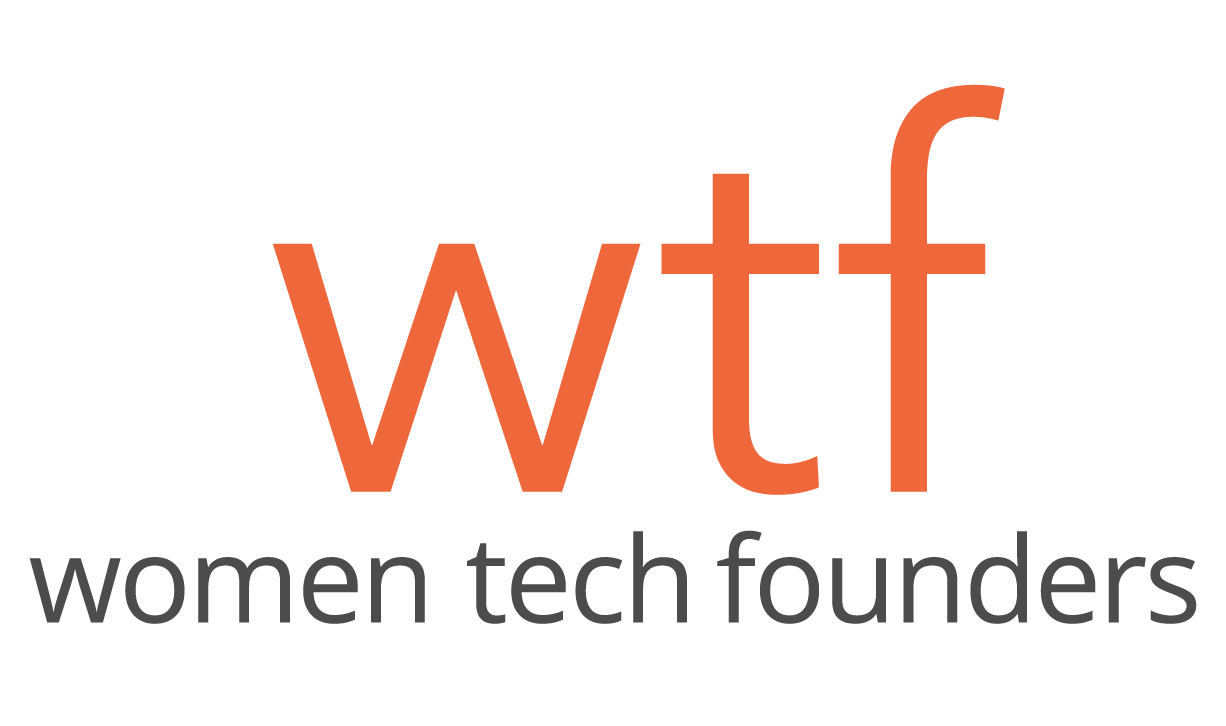Dimension Inx is making an impression. This too little-known startup is promising a radical upheaval of modern medicine with their first-of-its-kind artificial biomechanics technology. Cliched though it may sound, this company offers what was, once upon a time, the stuff of science fiction. Invasive reconstructive surgery could go the way of blood-letting and lobotomies if all goes to its plan.
Brainchild of company parents Ramille Shah and Adam Jakus, Dimension Inx began life as a spinout effort from Northwestern University’s Tissue Engineering and Additive Manufacturing Laboratory in 2017. Its mission? Create next-generation biomaterials for vital organ and tissue regeneration. Its tools? 3D-printers. Yes, the very same devices used to fabricate art pieces, jewelry, and children’s toys can print stomach lining, lungs, an ear, an entire face, perhaps, even a heart one day.
The company had become an investors’ darling in 2020. Washington, D.C. venture capital uber-firm Revolution awarded part of their Rise of the Rest seed fund to it earlier that year. And in November, it raised $3.2 million through early-stage science backers KdT and Better Ventures, who boast they cut half-a-million dollar checks for data-driven health initiatives.
So, the company has money. So many do. What else Dimension Inx has makes it the envy of its rivals: industry credibility. In September, the company announced a joint board appointment of two old hands from the medical device business: James Koziarz and Diane Hayes Blanco. The former was the president of gene therapy diagnostics firm Rubicon Genomics and a 25 year veteran of the Diagnostics Division at Abbott Laboratories. Blanco enjoys that same quarter-century of experience as founder of Orteq, a sports medicine outfit that produces biodegradable appliances for orthopedics, principally. Blanco used to be head of PneumRx, a life-sciences firm based in Germany and the Netherlands.
Consider last but most, though, its Chief Executive Officer: Caralynn Nowinski Collens. Former head of the Digital Manufacturing and Design Innovation Institute — UI Labs, a research hub which has since split into MxD and CityTech, Collens is a biotechnology Titaness in Chicago. Prior to that stint, she was Associate Vice President for Innovation and Economic Development at the University of Illinois. As a graduate student she founded SanoGene Therapeutics, a biopharmaceuticals developer. Rarely has a business’s execution and executive been so suited to each other.
In March, mere days before quarantine began in response to the coronavirus outbreak, Collens helped secure a patent for Dimension Inx’s 3D-Painting System. How charming is that for a job description? Bioengineers as artists instead of scientists. The not-too-distant future that these experts intend to make our present is the end of physical organ transplant as we know it.
What sets its print platform apart from others is its portability. The printers produce bioactive agents that dry at room temperature, no need for sintering, or dynamic heating. But this is old news, not fit to print. Blanco offers this comment on the advantages provided to both sides of the operating table, “solving critical patient needs while also satisfying key surgeon requirements.” Best yet, they can be scaled according to a health facility’s requirements or put into commercial production of new medical apparatus for doctors’ offices. Coming soon to a store near you.
A quote from Collens encapsulates not only her own philosophy regarding innovation opportunities, the most exhilarating of which is Dimension Inx, but also what might be the unofficial mission statement of WTF. In her Tedx Talk in 2017, Collens argued for “creating a whole generation of innovators outside of what we might think of as the typical technology innovator. We are talking about empowering not just people like the utility worker or the construction worker but the machinist and the farmer and the physician and the engine manufacturer. All of these people are able to come together now and be empowered to solve really big problems. So imagine when we can now go outside of typical tap cogs like Silicon Valley and look at what a city like Chicago, that might have unique assets, unique capabilities — what we can solve. And, again, it comes back to the people.”
Could not have said it better ourselves.

